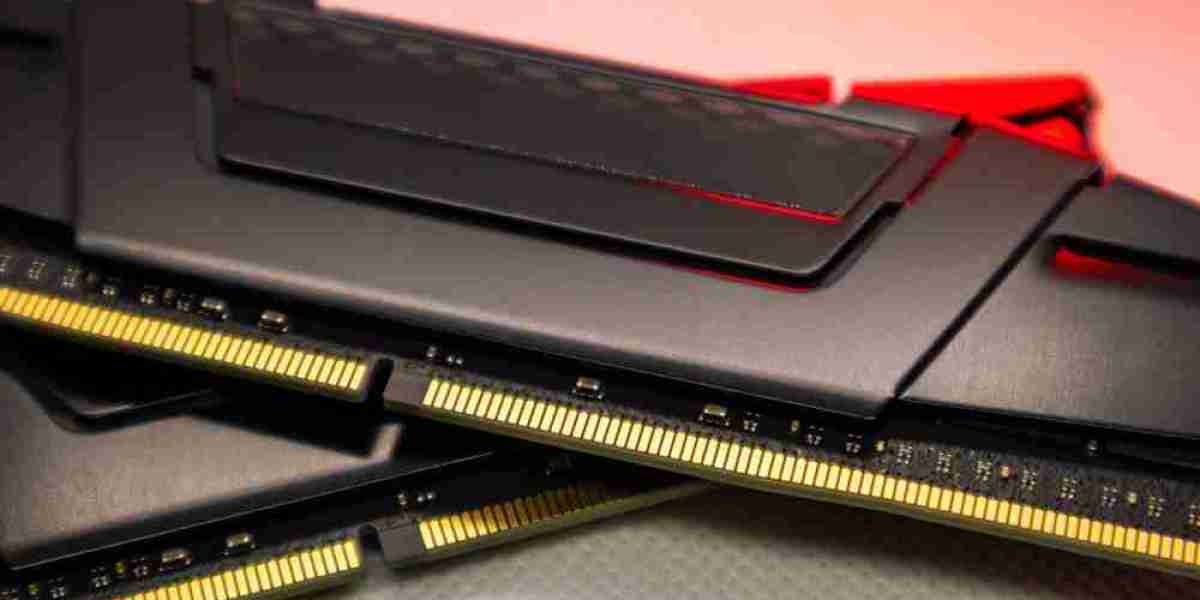Desktop memory, often referred to as RAM (Random Access Memory), is a crucial component in any computer system. It serves as the short-term memory of the computer, allowing data to be quickly accessed by the CPU while running applications and processes. Without sufficient memory, even the most powerful processor can struggle to deliver smooth and responsive performance.
The Role of RAM in Computer Performance
RAM temporarily stores information that your computer needs right now or will need shortly. This includes running applications, active files, and system processes. The more RAM a desktop has, the more efficiently it can handle multiple tasks at once. For example, opening a web browser, editing a document, and streaming music all at once becomes much easier with adequate memory. RAM ensures that the system doesn’t need to constantly read and write to the much slower hard drive, which helps avoid lags and delays.
Types of Desktop Memory
There are different generations of desktop memory, such as DDR3, DDR4, and the latest DDR5. Each new generation brings improvements in speed, bandwidth, and energy efficiency. DDR4 memory, which is still widely used, offers faster data transfer and lower power consumption than DDR3. DDR5 takes things a step further by doubling the bandwidth and improving multitasking performance, making it ideal for power users and gamers.
How Much RAM Do You Really Need?
The amount of memory required depends largely on your computing needs. For basic tasks like browsing the internet, watching videos, or working with documents, 8GB of RAM is usually sufficient. However, for gaming, video editing, or running virtual machines, 16GB or more is recommended. With more memory, users experience faster load times, smoother multitasking, and overall enhanced productivity.
Upgrading Desktop Memory
One of the easiest and most cost-effective ways to boost a desktop's performance is to upgrade its memory. Most desktop computers have multiple RAM slots, allowing for easy installation of additional memory modules. Before upgrading, it’s essential to check compatibility with your motherboard, including memory type, speed, and maximum capacity. Once upgraded, users often notice an immediate improvement in performance, especially during resource-intensive tasks.
Conclusion
Desktop memory plays a foundational role in ensuring a responsive and efficient computing experience. Whether you’re a casual user or a professional working with demanding applications, having the right amount and type of RAM can make a significant difference. As software becomes more complex, investing in high-quality memory is a smart move that keeps your system running smoothly and extends its lifespan.



